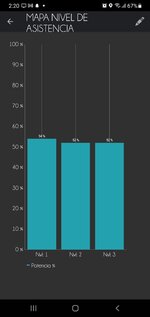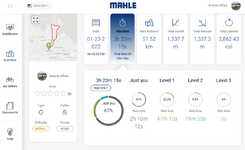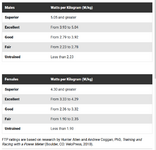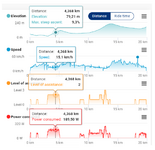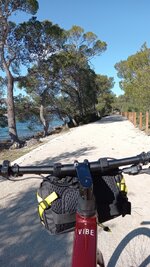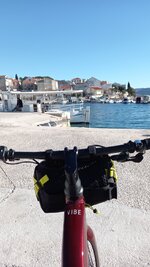AntonioAlfaro
Active Member
- Region
- Other
I recently purchased an ORBEA Gain 50 for the purpose of learning and drawing conclusions about assisted road bikes. I have practiced road cycling for many years but I am already 68 years old and even though I ride about 7000 km a year, I have lost power in my legs. I normally use a full carbon BMC bike that weighs only 8Kg and my weight is 56Kg.
Bearing in mind that the ORBEA D50 weighs 15kg, my first step in tunning this bike was to do assistance mapping tests to receive only power to compensate for being 7kg overweight and also have 60w to compensate for my age. The rest of the power on the route is up to me. After several rides and assist adjustments, I have managed to establish a satisfactory mapping for my goals.
Attached is a graph of my final result.
As you know the system has 3 levels of assistance. At level 1 you can receive a maximum of 100W. At level 2 175 W maximum and at level 3 you can receive 250 W maximum. This is achieved if you have each level mapped to 100% (default settings). But in my case, after several tests in different topography, and considering my FTP and my total weight and bike, I have come to determine my own assistance values for each level. So I programmed Level 1 at 54% (54W maximum assistance), Level 2 at 52% (90W maximum assistance) and Level 3 at 52% (130W maximum assistance). Incidentally, I rarely use levels 2 and 3 in my tours.
I would like to know about your experience and criteria for mapping your assistance levels.
Bearing in mind that the ORBEA D50 weighs 15kg, my first step in tunning this bike was to do assistance mapping tests to receive only power to compensate for being 7kg overweight and also have 60w to compensate for my age. The rest of the power on the route is up to me. After several rides and assist adjustments, I have managed to establish a satisfactory mapping for my goals.
Attached is a graph of my final result.
As you know the system has 3 levels of assistance. At level 1 you can receive a maximum of 100W. At level 2 175 W maximum and at level 3 you can receive 250 W maximum. This is achieved if you have each level mapped to 100% (default settings). But in my case, after several tests in different topography, and considering my FTP and my total weight and bike, I have come to determine my own assistance values for each level. So I programmed Level 1 at 54% (54W maximum assistance), Level 2 at 52% (90W maximum assistance) and Level 3 at 52% (130W maximum assistance). Incidentally, I rarely use levels 2 and 3 in my tours.
I would like to know about your experience and criteria for mapping your assistance levels.
